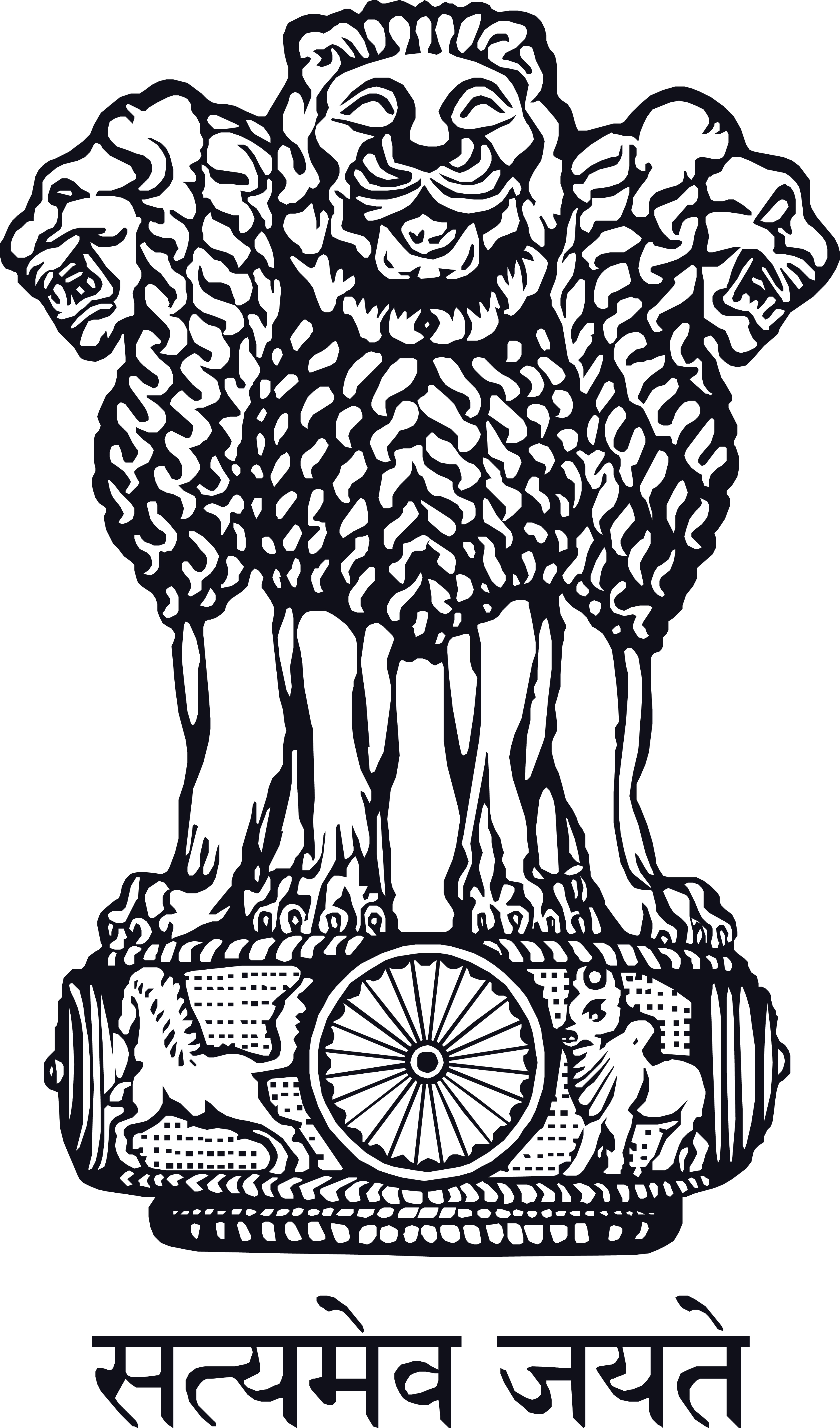Sowarigpa at a Glance
About Sowa-Rigpa
"Sowa-Rigpa" is one of the oldest, well documented and currently practised medical traditions of the world. It has been in popular practice in Tibet, Mongolia, Bhutan, some parts of China, Nepal, Himalayan regions of India and few parts of former Soviet Union, etc. In India, it is popular in Ladakh, Himachal Pradesh, Arunachal Pradesh, Sikkim, Darjeeling and now in Tibetan settlements all over India. Believed to have originated from Bhagwan Buddha 2500 years ago in India, Sowa-Rigpa is based on theories of hByung-Ba-lNga (Panch Mahabhuta /five elements) and Nyes-Pa-gSum (Tri-dosh/ three humours). According to hByung-Ba-lNga theory, all the animate and inanimate phenomena of this universe are composed of five elements. It is on the theory of five basic elements that the science of physiology, pathology and pharmacology are established. Due to its strong socio-cultural background and holistic approach of balancing body, mind and environment, this medical system can provide healthy solutions for many mental and physical problems of the modern age. Sowa-Rigpa is based on a systematic and logical framework of understanding the body, disease and its relationship with the environment. The diagnostic techniques and composition of medicine, etc., are based on the creativity, immensity, delicacy and compassion of the medical practitioner. Sowa-Rigpa as a philosophy follows the key Buddhist tenets of self-sacrifice, karma and ethics with a holistic approach using body and mind to observe a healthy way of life, in complete harmony with nature.
Sowa-Rigpa is popularly known as Amchi medicine in most part of Indian Himalayas. Derived from the Mangolian word of “Aem-rJe” meaning superior to all; the practitioners of this medicine are known as Amchis. Till early 1960s, Amchi medicine used to be the only healthcare facility for the people of these regions and still is an essential means of healthcare alternative among the Himalayan Buddhist society due to the strong socio-cultural linkage. Amchis are not only socially revered but also spiritually respected as the representatives of Sangs-rGyas-sMan-bLa (Medicine Buddha). It takes several years to become a skillful Amchi, which requires hard theoretical and practical training. In most of Himalayan regions Amchis, are trained through rGyud-Pa (lineage) system in families, where knowledge is passed down from father to son through generations. Now however, education in Amchi medicine can be obtained formally with professional training.


